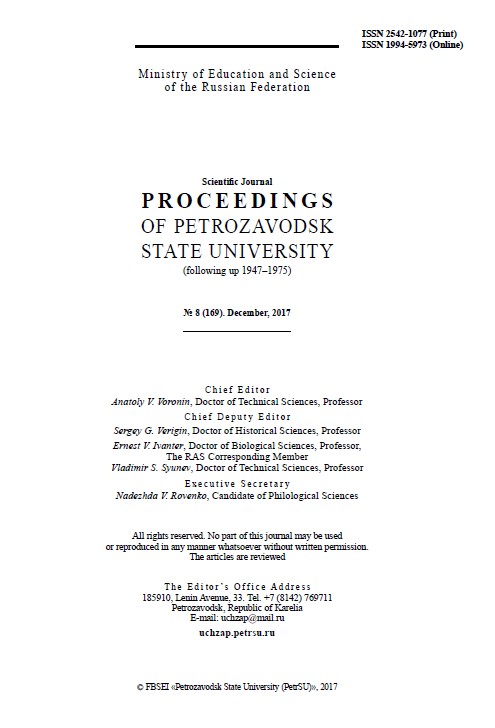ОСОБЕННОСТИ СТРУКТУРЫ ВЗАИМОСВЯЗЕЙ PHLEUM PRATENSE L. С ДРУГИМИ КОМПОНЕНТАМИ МНОГОЛЕТНИХ ТРАВОСТОЕВ В УСЛОВИЯХ КАРЕЛИИ
CHARACTERISTIC FEATURES OF STRUCTURAL INTERDEPENDENCES FOR PHLEUM PRATENSE L. WITH OTHER COMPONENTS OF PERENNIAL GRASS STANDS
Author(s): Lyubov P. Evstratova, G. V. Evseeva, Sergey Smirnov, Elena V. Nikolaeva, Ivan V. EvstratovSubject(s): Physical Geopgraphy
Published by: Петрозаводский государственный университет
Keywords: timothy grass; perennial grasses; botanical composition; competitive relati;
Summary/Abstract: The article is concerned with the results of the 9 year observation of the two and three-component grass stands, formed on the basis of different types of perennial grass, considering their long-term combined use. It was noted that the level of productive longevity of grass stands was largely determined by their botanical composition. Characteristic features of the structure of interdependences for timothy grass with other components are revealed. It was established that the mass share of P. pratense in the timothy-fern grass stands declined with the increasing period of the grass use, yielding the dominant position to Festuca pratensis Huds. In the grass stands with the brome grass, timothy grassland predominated (66,5 %) only until the third year of life, and later Bromopsis inermis Leyss gradually depressed its development. In a three-component grass stand, the meadow grassland, beginning from the third year of its use, dynamically increased the mass fraction (up to 93,0 %), replacing timothy grass and meadow fescue. The introduced species – perennial ryegrass and festulolium influenced the grass stand development only during the first three to five years of use. Practically, in all studied variants of the experiment, a clearly expressed regularity of the decrease in the mass share of timothy grass from the 1st to the 3rd cut was observed irrespective of the year of grass use. It is probably conditioned by the antagonistic nature of the relations of P. pratense with other representatives of grass stands.
Journal: Ученые записки Петрозаводского государственного университета
- Issue Year: 2017
- Issue No: 8 (169)
- Page Range: 54-58
- Page Count: 4
- Language: Russian

